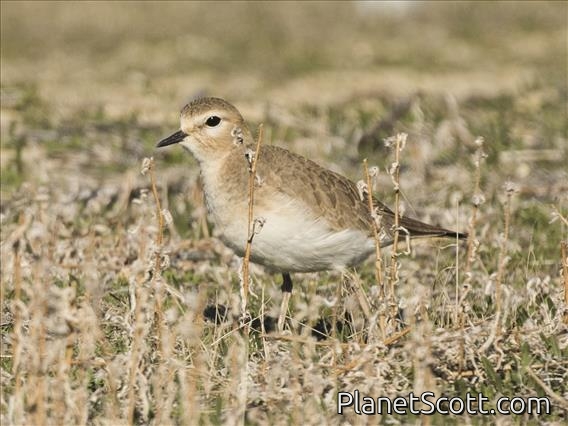Mountain Plover (Anarhynchus montanus)

Mountain Plover (Charadrius montanus)

Mountain Plover (Charadrius montanus)


×



Mountain Plover (Charadrius montanus)

Mountain Plover (Charadrius montanus)
About Mountain Plover (Anarhynchus montanus)
- Kingdom: Animals
- Phylum: Chordates
- Class: Birds
- Order: Shorebirds and Allies
- Family: Plovers
The mountain plover is a medium-sized ground bird in the plover family (Charadriidae). It is misnamed, as it lives on level land. Unlike most plovers, it is usually not found near bodies of water or even on wet soil; it prefers dry habitat with short grass and bare ground. Its height is in the range of 5–9 inches, and length in the range of 8–10 inches ; and it weighs around 102 grams.
Source: Wikipedia
Trips
No trip reports available.Visits
-
2015-01-02
Pixley NWR, United States of America -


